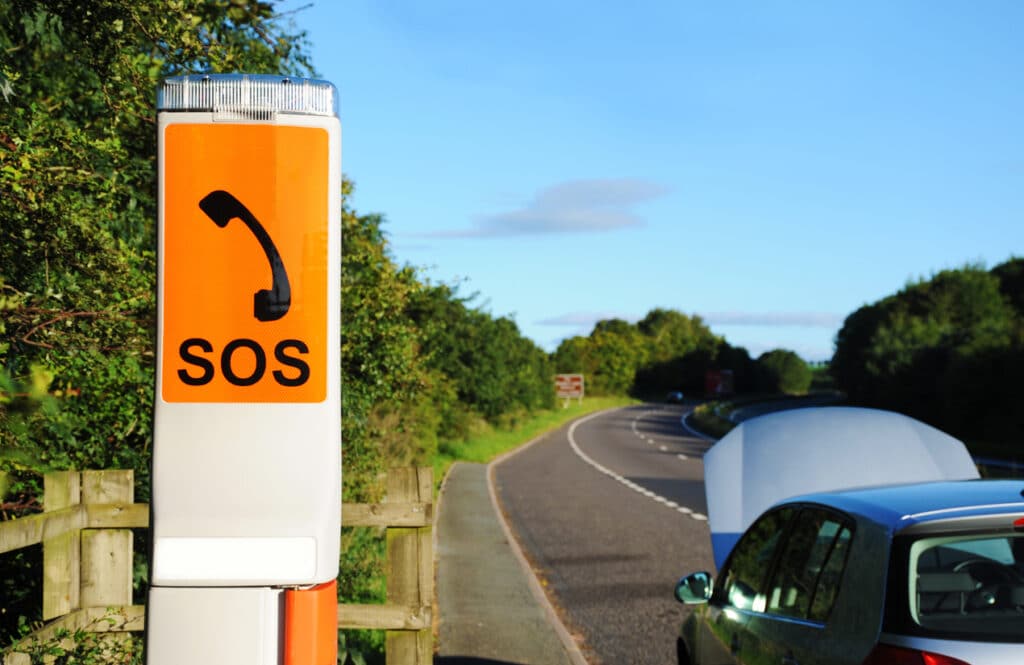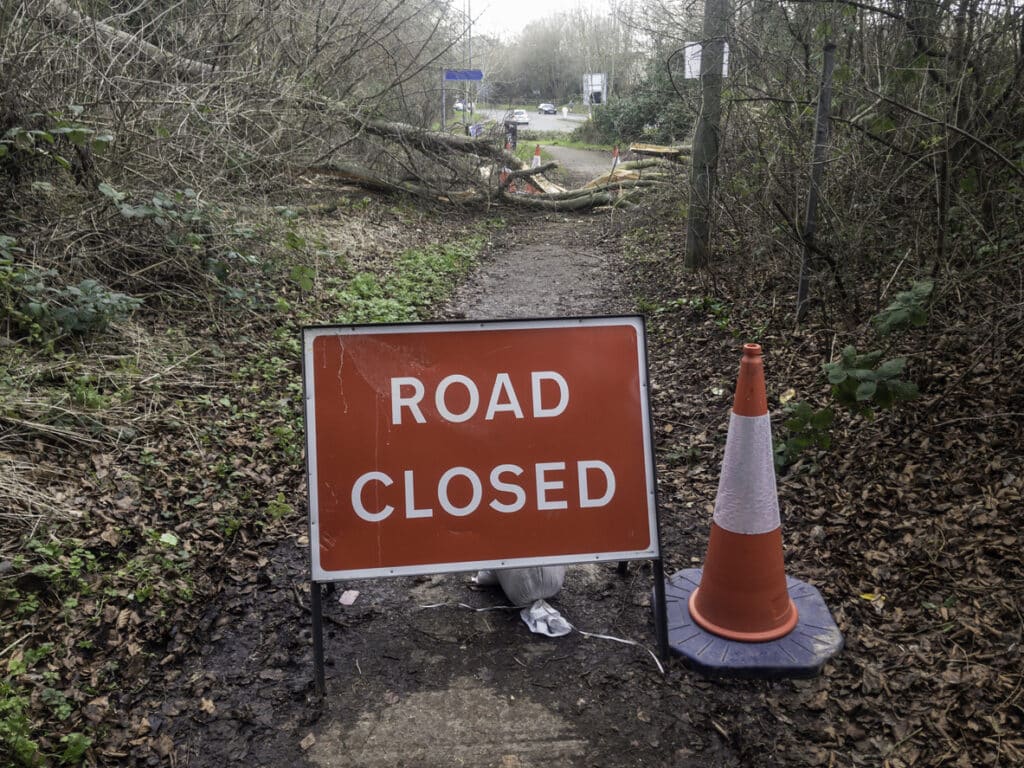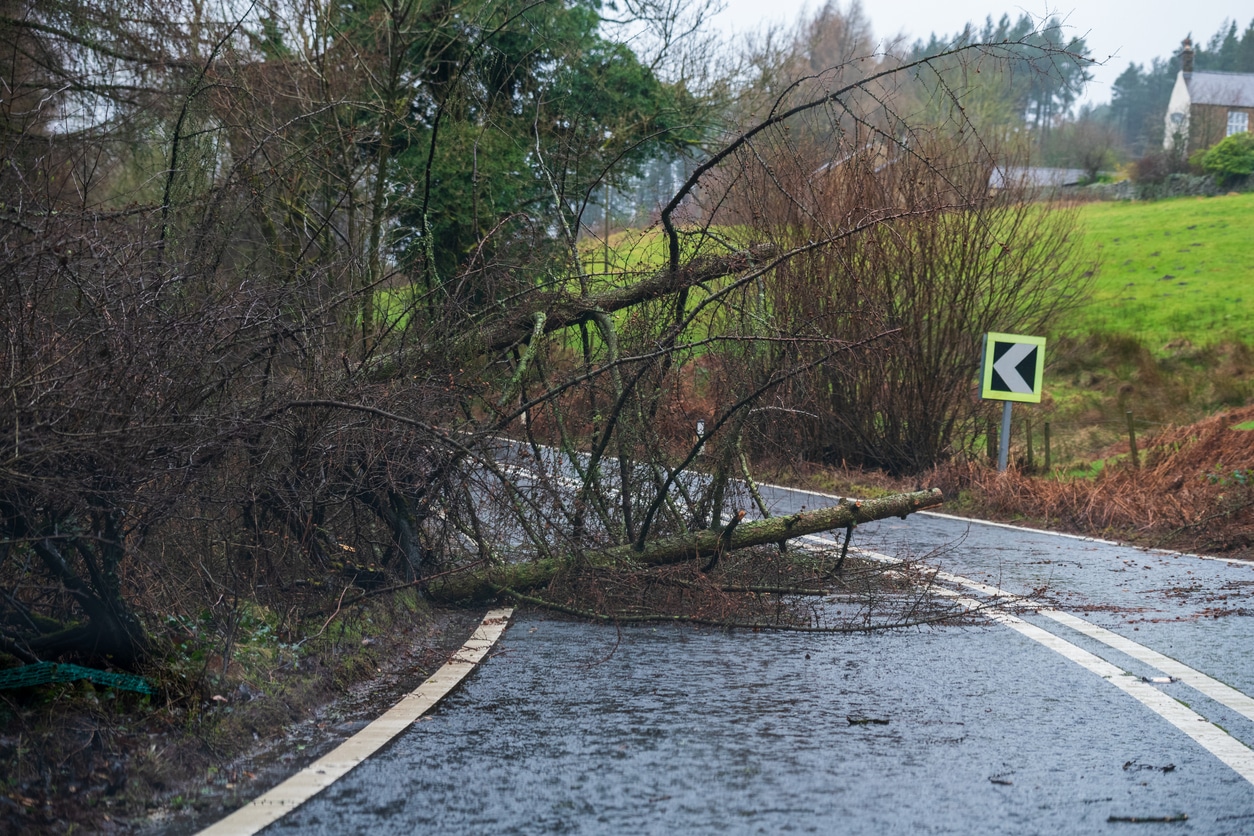Driving in extreme winds can bring significant safety risks. Whether they accompany heavy rain or come all on their own, gales present a difficult challenge for drivers and their cars and can make day-to-day journeys more stressful.
Read our guide below to find advice on what to do if you encounter extreme winds, and how you can decide if it’s safe to continue your journey.
Driving in High Wind
Choosing not to jump in the driver’s seat might be the best call when high winds are forecast, but let’s be fair that isn’t always an option. Before driving in extreme wind, you need to make sure both you and your car are properly prepared.
First, you should ensure you have a comprehensive insurance policy since this will cover you for weather-related accidents. It’s reassuring to know that you’d be covered if the worst were to happen on your journey, provided an accident wasn’t your fault.
Next, you should start preparing the car by adding any items you might need should you break down, become stranded, experience damage from flying debris, or get into an accident.
Think about stocking your car with essentials such as:
- Emergency supplies (what are these? Can you give examples)
- A spare phone charger
- Spare clothing and blankets
- A first-aid kit
- Food and water
Alongside this you should ensure you stay on top of your car’s maintenance, regularly checking the tyre pressure and fluids. This will help reduce the likelihood of being stranded in poor weather conditions and can also lower your risk of compromised safety while out on the road.
Other steps you can take to maximise safety in strong winds include removing roof boxes (since they can impact the stability of your car) and adding something heavy to the boot if you’re travelling alone. While we wouldn’t normally recommend carrying extra weight, weighing down the back of your car can improve traction in strong winds, particularly if you drive a small, light city car.

What Wind Speed is Dangerous for Driving?
Wind speeds above 30 mph can be dangerous to drive in. Once speeds go above this, the fall risk of items like branches, telephone lines and even trees is significantly increased. These can land on roads and cars – both parked and moving.
Storm conditions can bring wind speeds reaching 50-70 mph. In these cases, your safety may be compromised if you choose to drive since the wind can easily move your car. This can be an unpredictable, scary, and dangerous situation to find yourself in.
As a rule of thumb, winds forecasted to be at any speed above 25 mph are not ideal for driving. Anything above 30 mph should serve as a warning not to drive due to dangerous conditions.
The MET office will usually issue weather warnings as far in advance as possible, and National Highways can alert you of any disruption or delays the adverse conditions might cause on certain roads.
How to drive in strong winds
When preparing to travel in high winds, the following advice will help keep you safe.
Stick to major roads
Obstructions blocking major roads are likely to be removed quickly to help keep traffic moving. Minor roads are more likely to be obstructed by fallen branches and debris for longer periods and should be avoided in windy weather if possible.
Avoid exposed sections of road
The more exposed the road, the more likely it is that you’ll experience side winds. Lorries, caravans, and motorbikes are most at risk of side winds, though cars can also be affected by them in some cases, so drivers should take extra care.
You might find that some stretches of road are closed when winds are particularly strong, including bridges. Always follow official diversions if this is the case to help you stay safe.

Slow down and remain focussed
Slowing down is always a good idea – as it is in any extreme weather. Adverse weather conditions can throw obstacles your way, so moving at the speed limit might not be the best course of action in these situations.
Pay close attention to other road users and vehicles that might be more difficult to control in high winds, as these can pose extra dangers for you.
Maintain a good level of control
A sudden gust of wind can catch you off guard. Combat any shaking or sudden movements by keeping both hands firmly on the steering wheel at the 10-and-2 hand position.
Park safely
Leave your car in the safest place possible. Avoid parking under anything that could pose a falling danger and could potentially damage your car or harm you. That includes trees, pylons and telephone lines.
The last thing you want is to return to your car to find a cracked windscreen or worse. Find out how other types of extreme weather can affect your windscreen on our blog.
Have you found this guide useful? Head to the Prestone help centre for more tips and advice. Looking for car maintenance products that won’t let you down however bad conditions get? Browse the Prestone product range.

